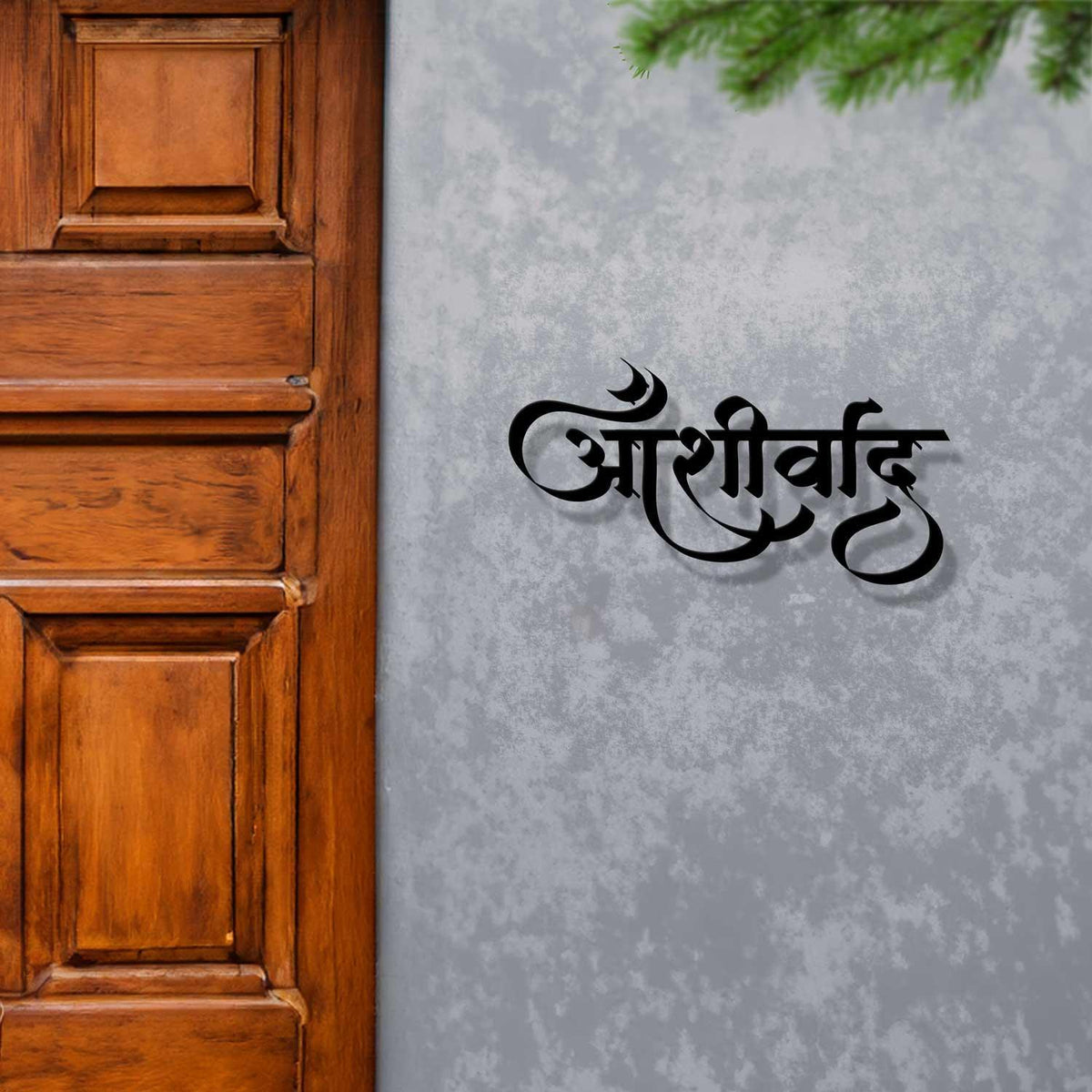
Choosing Between Stenciled and Laser-Cut Name plates
|
|
Time to read 3 min
|
|
Time to read 3 min
Are you looking to create custom nameplates for your business or personal use? Two popular methods for achieving this are laser cutting and stenciled cutting. In this article, we will explore the differences between these two processes and help you decide which one is best for your needs.
Laser cutting is a high-precision cutting method that uses a laser beam to cut through materials such as metal, plastic, wood, and acrylic. The process involves focusing a high-powered laser on the material, which melts, burns, or vaporizes the material, leaving a clean and precise cut. This technology is widely used in various industries for creating intricate designs and patterns with high accuracy.
When it comes to creating name plates using laser cutting, the process is relatively simple yet highly effective. Here is a step-by-step guide to how laser cutting is used to make name plates:
1. Design Creation: The first step in the process is to create a digital design of the name plate using computer-aided design (CAD) software. This design will include the text, font, size, and any other decorative elements you want on the name plate.
2. Material Selection: Once the design is finalized, the next step is to choose the material for the name plate. Common materials used for laser cutting name plates include acrylic, stainless steel, aluminum, and brass.
3. Laser Cutting: The design is then transferred to the laser cutting machine, where the laser beam will follow the design outline and cut through the selected material. The laser cutting process is fast, precise, and produces clean edges without the need for additional finishing.
4. Finishing Touches: After the cutting is complete, the name plate may undergo additional processes such as polishing, painting, or engraving to enhance its appearance and durability.
5. Quality Check: Finally, the name plate undergoes a quality check to ensure that it meets the design specifications and quality standards before being ready for use.
On the other hand, stenciled cutting is a more manual process that involves creating a stencil of the desired design on a cutting material, such as vinyl or cardboard. The stencil is then carefully placed on the material for cutting, and a cutting tool, such as a knife or blade, is used to cut along the stencil lines to create the nameplate design. This process is often used for simpler designs that do not require the precision of laser cutting.
1. Stencil Preparation: The first step in the stenciled cutting process is preparing the stencil. The stencil is created by cutting out the desired design on a piece of material, such as cardboard or plastic.
2. Material Selection: Once the stencil is ready, the next step is selecting the material for the name plate. Stenciled cutting can be done on a variety of materials, similar to laser cutting.
3. Stencil Application: The stencil is then applied to the material, and paint or ink is applied over the stencil to transfer the design onto the material.
4. Cutting and Finishing: After the design is applied, the excess material around the design is cut away to reveal the final name plate. Any additional finishing touches, such as polishing or coating, can be done to complete the process.
So, what exactly is the difference between a stenciled and laser cut name plate? The main difference lies in the method of creation and the level of precision achieved.
1. Precision: Laser cutting offers a higher level of precision and accuracy compared to stenciled cutting. The laser can create intricate designs with sharp edges, while stenciling may result in slightly more blurred or uneven edges.
2. Complexity: Laser cutting is ideal for complex designs and detailed text due to its precision and ability to cut through a variety of materials. Stenciled cutting, on the other hand, is better suited for simpler designs that do not require intricate details.
3. Cost and Time: Laser cutting may be more expensive and time-consuming than stenciled cutting, as it requires specialized equipment and expertise. Stenciled cutting, on the other hand, can be done with basic materials and tools, making it a more cost-effective option for simple designs.
4. Customization: Laser cutting allows for limitless customization options, including different materials, sizes, fonts, and designs. Stenciled name plates are limited in terms of customization and may not offer as many design possibilities.
Both laser cutting and stenciled cutting are effective methods for creating custom name plates, each with its own advantages and limitations. The choice between the two methods ultimately depends on the design complexity, budget, and desired level of precision.